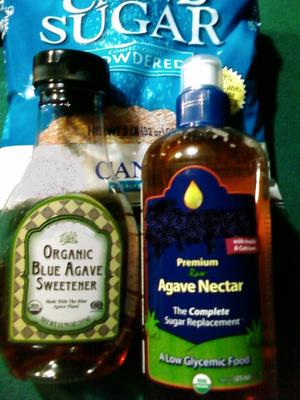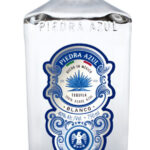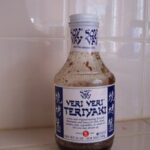Agave (uh-gah-vay) nectar is marketed as a healthy sweetener alternative to sugar. It is processed from a sticky juice of the agave plant originating in Mexico where the agave has had a long sacred tradition for healing and purifying soul and body. Spaniards fermented agave juice a few hundred years ago, and people have enjoyed tequila across the ages since, as well as a this sticky- sweet, simple agave nectar from long before the Spaniards’ arrival.
Agave Nectar Nutrients
However like any food product, it is important to read and understand food labels to learn health qualities of any popular food trend. Sold as agave nectar, agave sweetener, and agave syrup, makers promote the product’s healthy implications in a variety of ways. Suggestions include agave syrup as a raw food processed at about 117 degrees, an organic certified food, a low glycemic food and total sugar replacement.
From my experience and agave marketers, agave nectar tastes sweeter than sugar, so only one-third to one-half is needed per serving compared to sugar. It enhances the taste and texture of baked goods, desserts, and beverages. Agave nectar nutrient information notes that each 1/2 tablespoon serving of agave nectar contains 25 to 30 calories and 12 to 15 grams carbohydrates. According to the United States Department of Agriculture (USDA) nutrient database, agave nectar breaks down into 8% glucose, 8% sucrose and 84% fructose.
Sugar Nutrients and Glycemic Index
Nutrient information of sugar includes one tablespoon of table sugar contains 16 calories, 15 grams carbohydrates, and 100% sucrose. Table sugar is a highly processed food, and highly processed foods tend to be rate as high glycemic because they digest quickly.
The Glycemic Index (GI) calculates sugar GI to be about 68, in the high glycemic food level. The Glycemic Index (GI) Foundation calculates agave nectar GI range of 11 to 19, in the low glycemic level, which is not surprising since agave nectar is often considered a raw food, processed at about 118 degrees Fahrenheit, or a low processed food. Raw foods and low processed food generally digest slower than high processed foods.
According to the article by Kathleen Zelman, MPH, RD, LD, titled “The Glycemic Index Diet,” foods with carbohydrates of the low glycemic index may be less refined and higher in fiber. Low glycemic eaters may choose more whole vegetables, beans and fruit, promoting an over-all healthier eating lifestyle.
Use Any Sweetener Sparingly
In the context of low glycemic dieting, agave nectar may be a healthier alternative for table sugar. It digests slower than sugar and is considered a low glycemic food. However like any sweetener, it should be used sparingly. Just because it is low glycemic, agave nectar is not a license to use more.
Real fruit is the best source of daily meal and snack sweetness. Juice, sugar, agave nectar, honey or artificial sweeteners do not replace real fruit for nutritional value or sweet rewards of a daily healthful diet.







